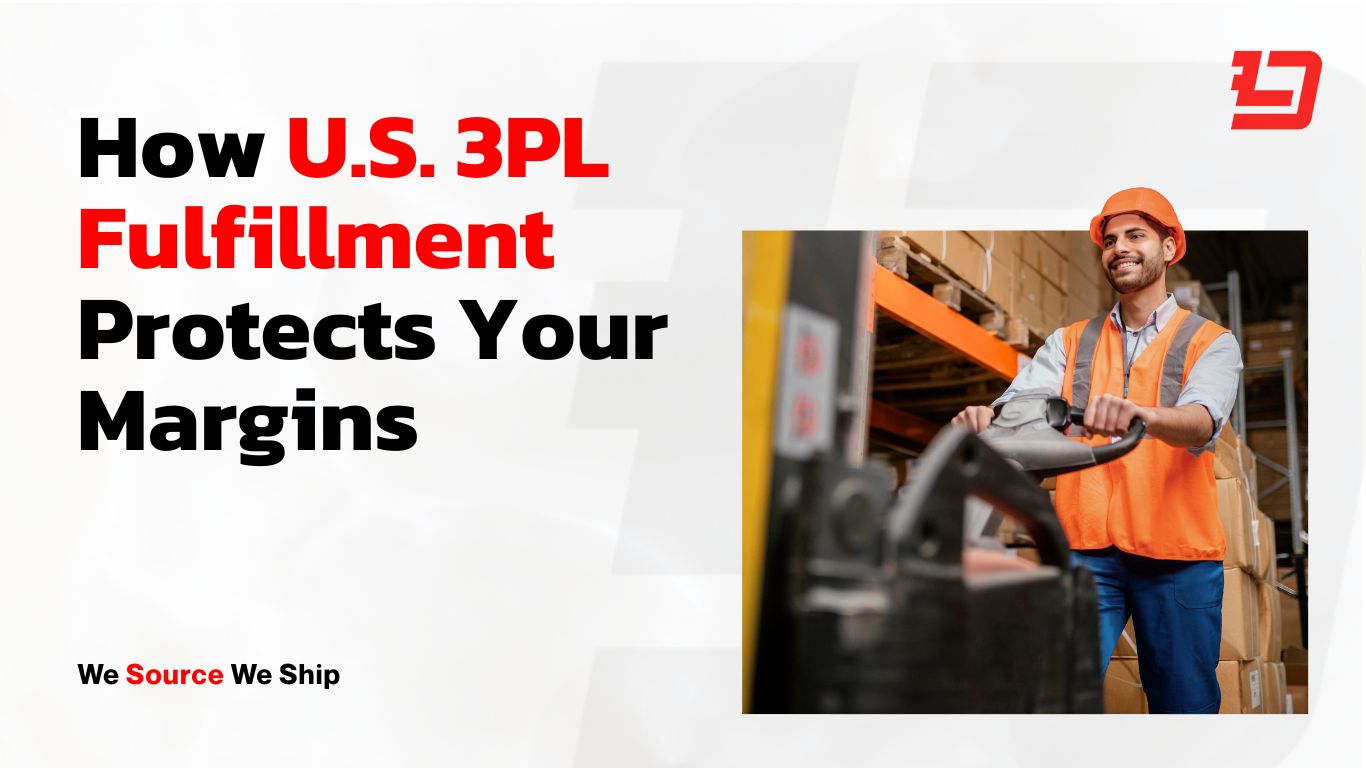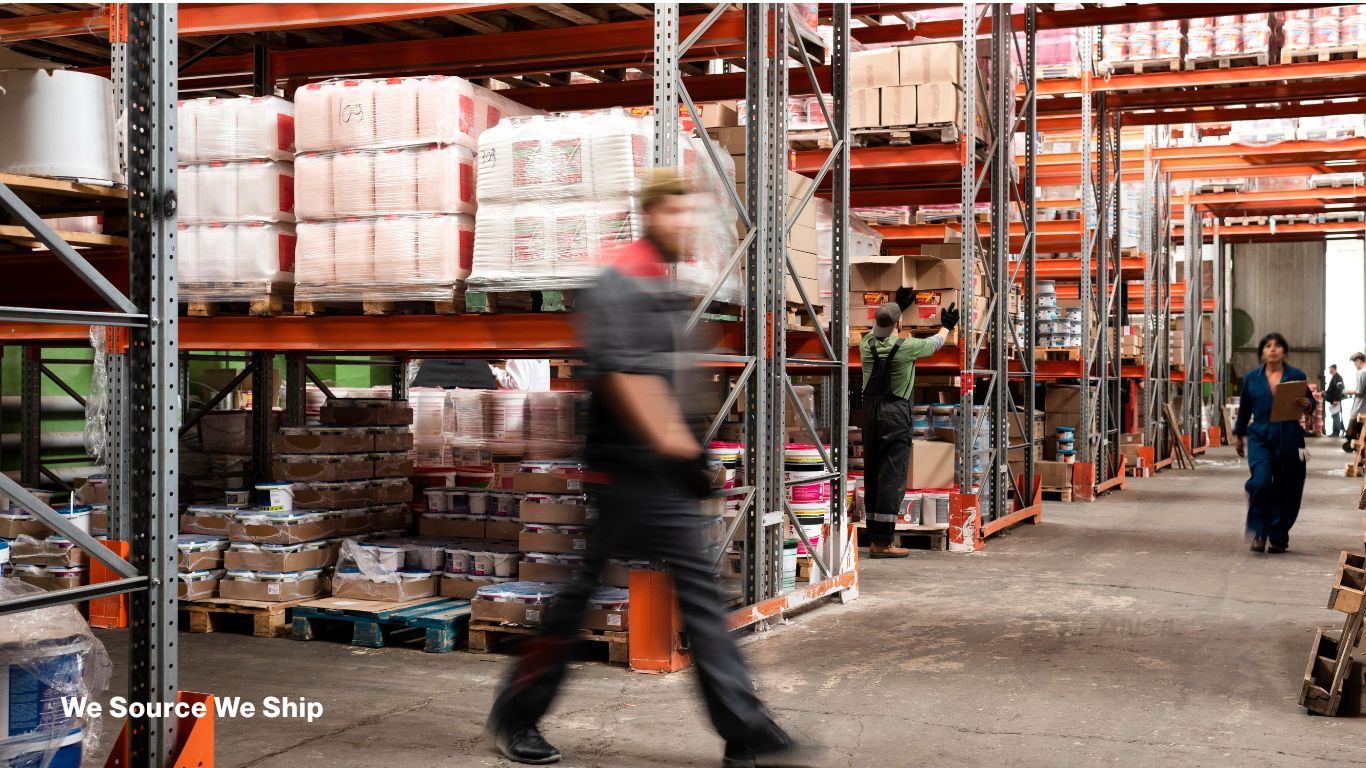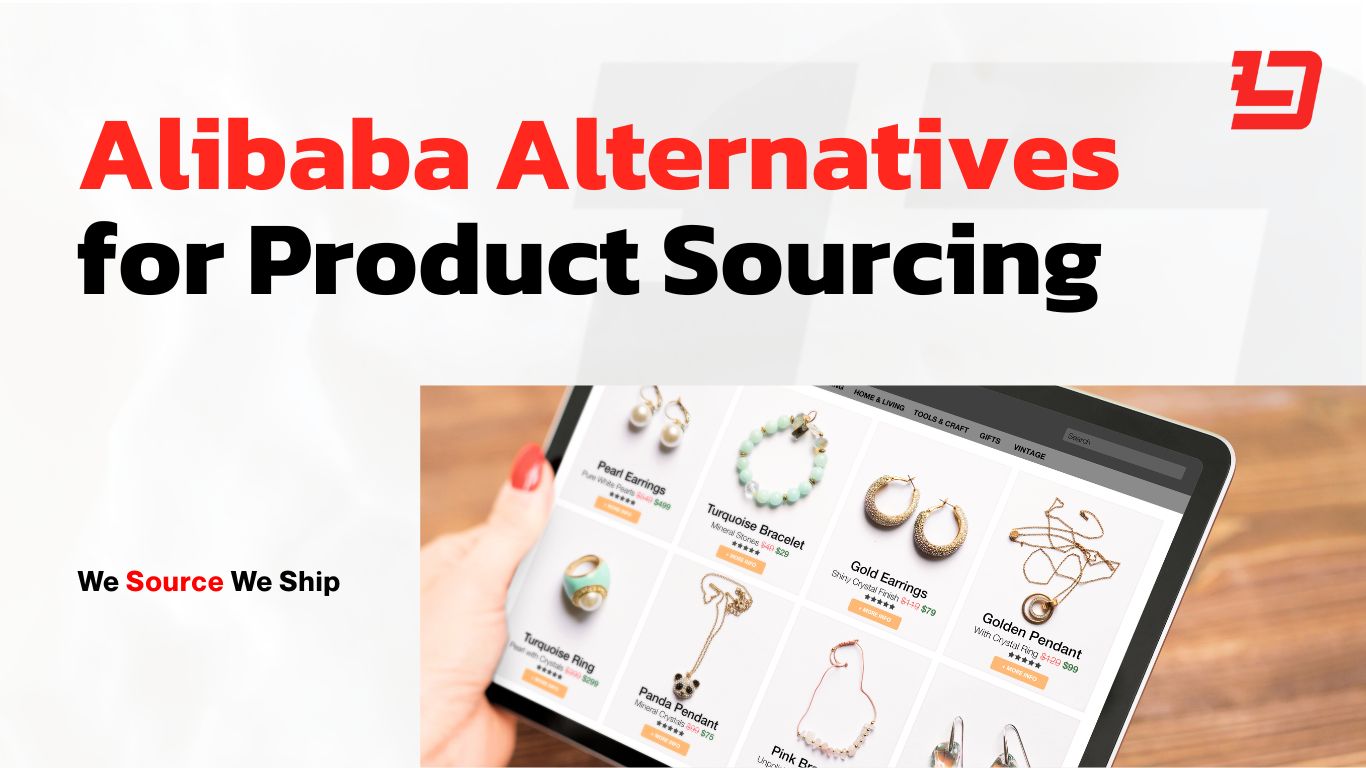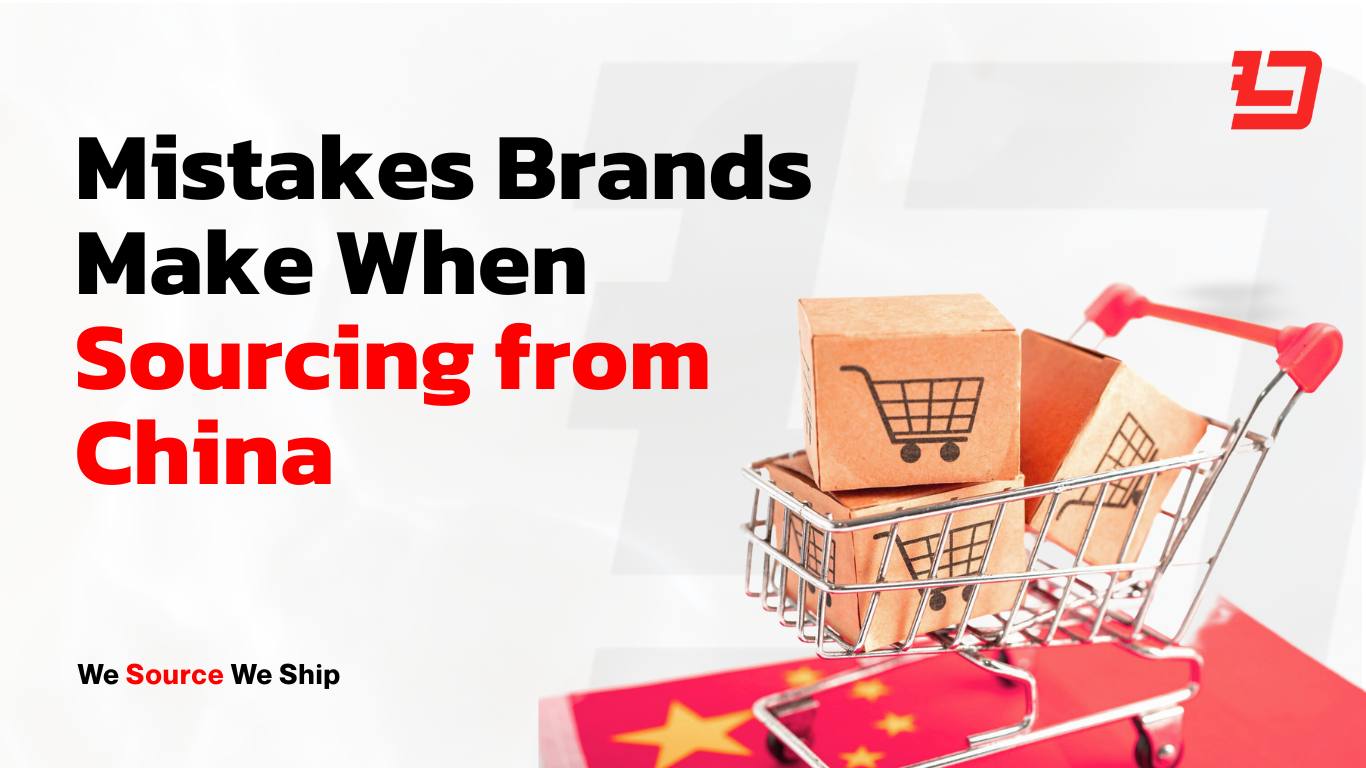Ecommerce keeps expanding, but so do logistics costs. Shipping rates, tariffs, and returns quietly eat away at profit margins, often without brands realizing how much they lose.
According to Shopify Plus, fulfillment now accounts for 15-20% of total ecommerce revenue, and freight rate increases continue to push that number higher. To stay profitable, scaling brands are positioning stock closer to their customers — specifically inside U.S. fulfillment centers.
If you’ve already read our Guide to U.S. Order Fulfillment, this article builds on that foundation. It explains how U.S. 3PL fulfillment protects your profit margins, reduces risk, and creates a stronger logistics strategy for long-term growth.
1. Lower Shipping Costs
The fastest and most direct margin win is reducing last-mile shipping.
When you ship every order from China, transit times stretch from 7 to 20 days, and each parcel carries international courier fees, customs processing, and duties. These costs make fulfillment one of your highest per-order expenses.
By storing inventory inside the U.S., you can:
- Eliminate international shipping fees for domestic orders
- Access cheaper courier rates through USPS, UPS, and FedEx
- Offer 2 to 4 day delivery, which boosts conversion rates and reduces abandoned carts
Brands shipping small parcels under 2 lbs typically save 4 to 8 dollars per order by moving inventory stateside. At 10,000 orders, that equals 40,000 to 80,000 dollars in annual savings.
With Lansil Global, you can split inventory between China and U.S. warehouses, fulfilling international orders from Shenzhen and domestic orders from Nevada and Pennsylvania for faster, cheaper delivery.
2. Lower Tariffs and Duties
Tariffs can quietly drain your margins if not managed strategically.
When products are sent individually to customers through DDP (Delivered Duty Paid) parcels, each shipment is taxed separately and usually at a higher rate. Bulk shipments to a U.S. warehouse mean you pay duties once, typically at a lower commercial rate.
This structure helps you:
- Cut per-unit tariff costs
- Simplify customs clearance
- Avoid repetitive small-parcel duty payments
- Access bonded warehouse options when eligible
For example, individual small-parcel shipments can face 15- 25% import tariffs, while bulk imports often lower that to 2-5%, depending on product classification and trade rules.
Lansil Global’s China team manages the entire process, from export documentation to customs declarations, ensuring your duties are optimized and your shipments move smoothly into U.S. warehouses.
3. Fewer Refunds and Returns
Returns are another hidden profit leak. Damaged packages, long delivery times, and unreliable tracking all contribute to higher refund rates.
According to Statista (2025), international ecommerce shipments experience return rates of up to 30%, compared to under 10% for domestic U.S. fulfillment.
The main reasons are clear:
- Customers lose patience waiting 2–3 weeks for delivery
- Tracking updates are limited or delayed
- Longer routes increase risk of damage
By using U.S. fulfillment, you reduce transit time, improve tracking visibility, and process returns locally.
4. Faster Delivery Means More Sales
Speed doesn’t only protect margins — it grows them.
According to McKinsey (2024), customers are 40% more likely to buy again from brands that offer two-day delivery.
Fast shipping drives:
- Higher conversion rates — customers finish checkout knowing delivery takes days, not weeks
- Better customer lifetime value — satisfied customers reorder faster
- Improved ad performance — ads with “2–4 day delivery” claims convert better and reduce acquisition cost
5. More Predictable Cash Flow
Shipping directly from China often locks up capital for 30 to 45 days before revenue clears.
By storing inventory in U.S. warehouses, you:
- Shorten the fulfillment cycle
- Receive payments faster
- Free up cash for marketing, restocks, or new product launches
A shorter delivery timeline improves liquidity and keeps your brand flexible during growth.
6. Less Risk from Global Disruptions
Recent years have shown how fragile global logistics can be. Port delays, policy changes, and freight spikes can disrupt shipments and destroy profit margins.
Having stock positioned inside the U.S. shields your business from these disruptions. Orders keep shipping even when overseas routes slow down.
Lansil Global’s three-point network gives brands total flexibility:
- China Hub (Shenzhen): Sourcing, manufacturing, and international fulfillment
- Nevada Warehouse: West Coast and central region coverage
- Pennsylvania Warehouse: East Coast and Midwest fulfillment
This setup ensures business continuity, faster delivery, and less risk, no matter what happens in global trade.
7. Comparing Fulfillment Models: China vs. U.S. vs. Hybrid
| Criteria | China Fulfillment | U.S. Fulfillment | Hybrid Model (Lansil Global) |
|---|---|---|---|
| Delivery Time (U.S. Customers) | 7–20 days | 2–4 days | 2–4 days |
| Shipping Cost per Order | $10–$15 international | $4–$6 domestic | Optimized via split inventory |
| Tariffs & Duties | Paid per parcel | Paid once in bulk | Tariff-smart planning |
| Returns & Refunds | High (20–30%) | Low (under 10%) | Controlled with dual QC |
| Customer Experience | Slower, less reliable | Fast, consistent | Global + local flexibility |
| Scalability | Limited by export volume | Limited by local stock | Unlimited — connects both regions |
| Best For | Dropshipping or new sellers | Established U.S. brands | Scaling global brands |
The hybrid model, used by Lansil Global, combines the cost efficiency of China production with the reliability of U.S. fulfillment, giving ecommerce brands both speed and savings.
Profit margins don’t disappear overnight. They shrink bit by bit through higher freight costs, slow refunds, and poor delivery performance. A smarter fulfillment strategy stops that cycle before it starts.
Many ecommerce brands manufacture in China but sell mainly to U.S. customers. Lansil Global connects both ends of that supply chain through its China hub and dual warehouses in Pennsylvania and Nevada. This integrated China-to-U.S. network shortens delivery times, streamlines customs, and keeps product quality consistent from factory to doorstep.
With tariff-smart cross-border planning, a China hub linked to dual U.S. warehouses for 2–4 day delivery, and in-house quality control, Lansil Global helps brands protect profits and maintain reliability at scale.
Instead of letting tariffs or shipping costs cut into margins, we turned them into an opportunity to build a stronger, more resilient logistics system. Lansil Global helps ecommerce brands deliver faster, reduce costs, and stay competitive in the U.S. market. Contact us today to learn more.








